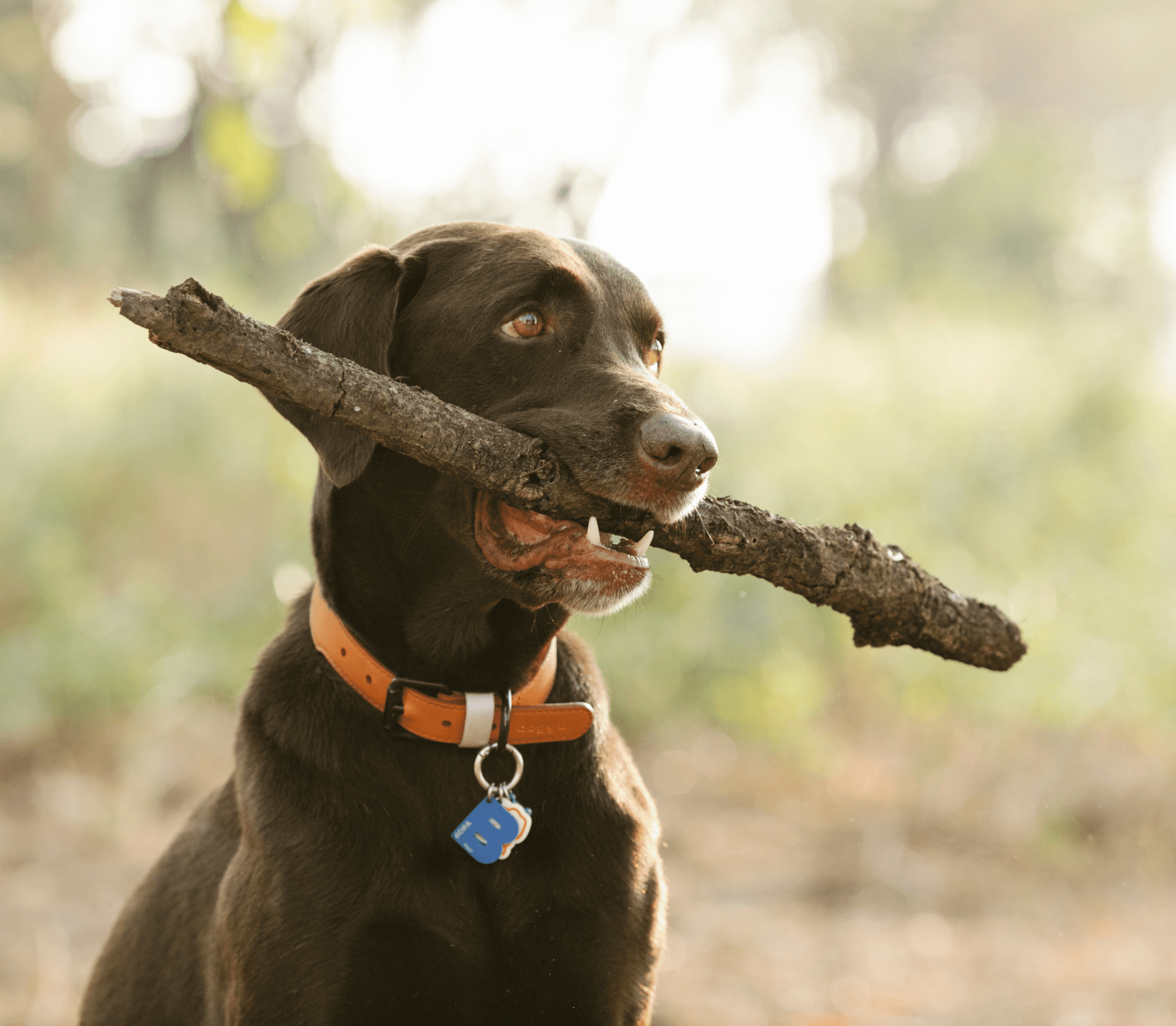Can Fluffy And Fido Get Along?
It’s probably no surprise to learn that the most popular pets in the United States are dogs and cats, respectively. Some individuals strongly prefer one or the other, but a lot of homes have a mix of the two. Although Fluffy and dogs have had their fair share of ups and downs, they can live together harmoniously. However, there is no guarantee of that. Sometimes cats and dogs are going to fight like, well, cats and dogs. Continue reading to discover valuable insights from a local Hyattsville, MD veterinarian on maintaining harmony between your furry pals.
How Can You Determine If Fluffy And Fido Will Coexist Peacefully?
Making the right match is half the battle here. If you’re considering adopting a shelter pup, it’s important to find one that is good with cats. Avoid breeds with a high prey drive.
Age is also important. If you’re adopting a cat, consider getting a baby. Even dogs tend to melt around kittens! It’s adorable to witness a puppy patiently allowing a small furball to playfully pounce on its tail. Seniors are also usually pretty calm.
Training is crucial as well. Ensure that your canine pal is well-versed in and follows fundamental commands, including Sit, Stay, Come, and Lay Down.
Having pets that share similar energy levels can increase your chances of success. Whether they are both couch potatoes or young and playful, finding a good match is key.
Be sure to ask your Hyattsville, MD veterinarians for more tips on this.
How Do You Introduce Fluffy And Fido?
You’ll want to gradually introduce your feline and canine friends. Start by placing them in separate areas. Keep the newer pet in a separate area at first. Offer all the necessities, such as food, water, toys, and bedding. Visit your new buddy regularly, but also give them some time to adjust to their new environment. This is also just a good practice for letting a new pet get settled.
In the coming days, your pets will probably start sniffing around the door. This will help them get used to each other’s scents. Feeding them on different sides of the door can help them form pawsitive views of one another.
Once both pets have become accustomed to each other’s presence, it’s time to introduce them. (Of course, you’ll need to make sure you get the green light from your Hyattsville, MD veterinarian.) This should take place at a neutral location. One suggestion is to transport your feline friend into the living room in a carrier. Or, let them meet through a baby gate.
Keep your canine buddy on a leash during this interaction. Observe their behavior closely. At this stage, it is not uncommon for them to exhibit a degree of nervousness. There may be some hissing and posturing from your kitty. That should gradually decrease. If things go south, separate them and begin again.
Take it easy: trying to undo the negative impact of a poor first encounter can be daunting!
How Much Time Does It Typically Take For Fluffy To Adjust To Living With Fido?
Cats typically adjust to significant changes at a glacial pace. Fluffy may take up to a year to become comfortable with her new canine roommate. This will somewhat depend on her previous experience with dogs. If your furball is already accustomed to being around Fido, the adjustment period may be relatively short.
Will Fluffy And Fido Eventually Get Along?
It’s impossible to provide a definitive answer to that question, since it varies based on both pets’ ages, temperaments, sizes, and histories. Fido and Fluffy may initially feel wary and uneasy around each other, but tend to warm up with time. Hopefully, they can develop a harmonious relationship.
That said, if it’s been quite a while and things don’t seem to be improving, talk to your vet.
How Can I Prevent Fluffy And Fido From Fighting?
It’s important to remember that although Fido is typically the more dangerous one, he is not always the one who starts the trouble. Fluffy can be a bit of a bully! However, while a kitty’s sharp claws and fangs can do some harm, the danger is generally far higher.
Make sure that both of your pets receive plenty of exercise and playtime. Some cat toys can pose a choking risk for dogs, so be sure to keep Fluffy’s toys in a location that your canine pal cannot access.
Squabbles over food often lead to tension. Take a few simple measures to ensure a seamless experience. One option is to feed your feline buddy in an area that your canine buddy cannot reach.
If your pets do squabble, avoid yelling at or physically punishing them. This could make things worse. If your dog chased the cat, you may give him a verbal reprimand. However, avoid doing anything that could frighten or irritate him. Fido might begin to associate the cat with punishment, which is unlikely to boost his affection for her.
The main thing would be to separate them. Then, start from the beginning and reintroduce them.
Should I Adopt Both Fido And Fluffy?
Sometimes. As mentioned above, age, size, breed, history, and temperament are all factors. Some dogs simply have an innate prey drive. Not only can this make your furry pals unlikely to get along, but it can also be dangerous. In their natural habitat, Fido relies on his hunting instincts to catch small animals for survival. Cats can occasionally ignite that innate hunting instinct.
How Do I Make Sure My Cat Is Safe With My Dog?
First and foremost, it’s important to provide your kitty with some safe spaces where Fido cannot reach her. Consider getting Fluffy a tower with a closed upper level. Or, install a small cat door in the door to a spare bedroom or another area of your home. Fluffy should have easy access to food, water, and a litterbox without interacting with Fido.
What Should You Do If Your Fido And Cat Don’t Get Along?
Even in situations where you take every precaution—from finding the ideal companion to introducing your pets to making sure they have everything they require—you may still find yourself with incompatible companions. The safety of your furry friends should always be your top priority. In some circumstances, you may be able to keep them apart. Maybe your feline pal can have the upstairs area, while your canine companion stays downstairs. However, you don’t want either pet to feel isolated.
While most of the time, things work out —even if just in the form of a truce—sometimes Fluffy and Fido are not compatible. In those situations, the best course of action may be to find a new home for one of the pets. We hate seeing this, but it is definitely preferable to risking harm to one of your beloved animal companions.
Conclusion: Although Fluffy and Fido may not always get along seamlessly, they often manage to live together peacefully. Choosing the right match is key here. By being attentive and consistent, you can help minimize the likelihood of friction.
Book An Appointment At Your Hyattsville, MD Veterinary Hospital
Is your pet due for an appointment? Do you have questions about Fido or Fluffy’s health or care needs? Contact us at your Hyattsville, MD pet hospital today!



